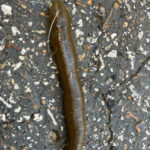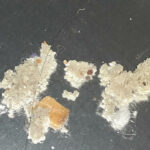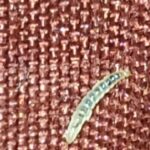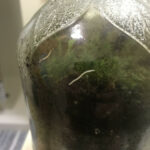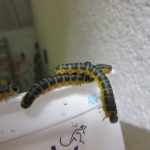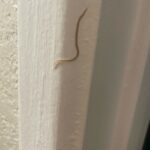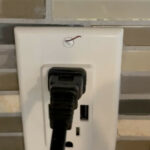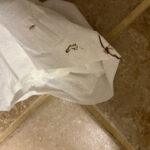Once valued, then reviled, the leech has never been completely understood. To some, it is a lifesaving tool of medicine; to others, leeches are deadly predators. Who’s right?
Well, both, in a sense. Leeches are annelids, or segmented worms, a group that also includes the earthworm. All leeches have 34 segments, a sucker at each end of their bodies, and most have three jaws that make a Y-shaped incision. All feed off the blood of host organisms.
There are three main classes of leeches: Gnatbobdellida, or jawed leeches, use teeth to bite the host, and secrete hirudin, which prevents the blood from clotting. Rhyncobdellida, or jawless leeches, insert a needle-like protrusion called a proboscis into the host. They also secrete an enzyme called hemetin, which dissolves blood clots. Pharyngobdellida have no jaws or teeth, instead swallowing their prey whole. They feed mainly on small invertebrates.
Leeches are primarily found in water, particularly shallow ponds, marshes, and lakes. Most are nocturnal and favor dark places such as the shady areas of ponds, or underneath rocks or logs. They mate during the spring, and the young stay cocooned until summer. Though leeches are predators, they are also prey, for animals such as fish, turtles, and ducks and other birds. Leeches usually prey on invertebrates and small vertebrates such as fish and reptiles, but will also attach to humans. Leeches can ingest several times their weight in blood, and because their digestion is slow, they can survive several months without feeding.
Leeches have sensory organs on their heads and bodies that allow them to detect movement, as well as changes in light and temperature. They also have chemical receptors on the head that allow them to smell, as well as one or more pairs of eyes. Leeches are hermaphrodites – they have both male and female sex organs. Leeches, like their earthworm cousins, have a clitellum, an area of thickened skin that is only visible during mating. Leeches reproduce by intertwining their bodies and depositing sperm into the other’s clitellar area. After fertilization, the eggs are enveloped in a cocoon, which passes out of the leech’s body, and is either buried, or attached to a rock, log or leaf. The young hatch several weeks or months later, as miniature versions of the adults. Leeches die after reproducing once or twice.
For centuries, leeches were used for medical bloodletting, which wasn’t very effective, though it was widespread. The practice was abandoned for several years, but recently, medical researchers have rediscovered its benefits. Leeches produce several medically beneficial substances – including anti-coagulants and anesthetics – that can be used for everything from surgery to treating heart attacks and strokes.
Recommended Reading (click on the picture for details):
All About Worms is always free, always reader-supported. Your tips via CashApp, Venmo, or Paypal are appreciated! Receipts will come from ISIPP Publishing.




